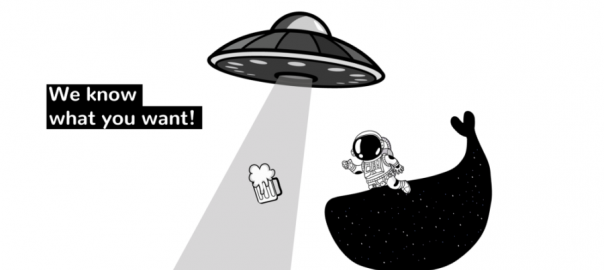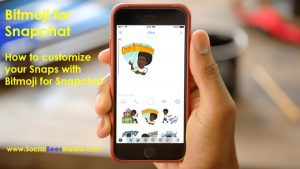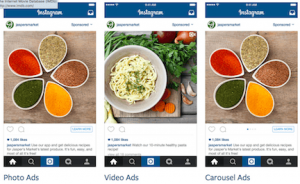— May 8, 2019
The days when businesses used to consider UX as something that should concern only designers are long gone. Smooth and engaging user experience plays a vital role in fulfilling the goals of every business. That’s why user experience design has become a priority for marketers as well.
Marketing specialists have usually used social networks as a way to communicate with their target audience, to promote business or even to motivate people to download apps. However, social media opportunities are much wider and can even help you design better digital experiences.
Social media and UX are two sides of the same coin
Social networks have helped develop self-centeredness and a constant desire to be visible. Self-presentation and its maintenance became the basis of the life of almost any person. People try to create their images in social networks which, most often, doesn’t reflect reality. However, we tend to be honest in what we like or don’t like, in our comments or any other kind of feedback in social networks.

This slice of social media pie can become a great source for UX discovery research. Social networks are a rich vein of data for user experience researchers and can help them answer many questions throughout product development. As a strategy, social intelligence has developed beyond measuring likes and followers.
With the right analytics tools and the breadth of data available from online channels, using social networks for UX can provide vital insights around every stage of a user’s journey.
How social media can help conduct UX discovery research
UX research is an important investment throughout any design process. It comprises of gathering and analyzing data in order to improve usability, using a set of research techniques. The goal of UX research is to aid the process of understanding people within your market, revealing their needs and pain points.

Social media is a perfect tool for identifying specific experiences of people using your new product or its features. Once you understand the core user’s problems your company can offer solutions for, the next thing you can do is investigate your user persona.
Apple researchers charged with the ideation of the next iPhone can look no further than the themes in negative social media conversations about previous iPhones. According to the data, the iPhone battery might be a solid place to dive into product research.
Create your user persona
If you’re PepsiCo, would you initially guess how important music-lovers would be to your products? Going beyond your product’s obvious users can reveal important but unexpected consumer groups and experiences that might be underserviced. These data you can easily access through social media channels.
You should know the people you’re creating for. If you make your design human-centered you’ll definitely win the game on the market. How to do it? First, build a customer persona.
A customer persona is an image presenting your prototypical customer with all his/her likes, needs, pains, fears, and concerns. You should investigate customer’s behaviors inside and outside of your industry. Know these people like your friends in order to create a product that will satisfy all their desires and wishes, or simply will help them manage the hustle of their lives.
You might be surprised, but most of this information you can get from social networks. Just be attentive to what’s going on on your company’s profile, who follows you and when those people mention your brand name. It may help your company piece together the customer journey from the mindset of the deep, complex customers you have.
How to test your design with social networks?
At the last stages of product development, UX researchers have to review questions related to some unexpected negative feelings experienced by users basing on customers’ feedback. You might host a focus group to get feedback on your product. Not a bad idea, but you should know that for some companies it ends up with the thousands of dollars. On the other hand, you can access the honest customer feedback on social networks for free. Every brand sadly knows that a social profile is a perfect place for gathering feedback, and negative reviews, in particular. For the teams tasked with testing and reviewing a product, they’ve got to take advantage of social media for UX.
Conclusion
The trend is that a user-oriented design should look flexible, self-customizing or customizable to a specific user. To create it we should understand the user, what he/she likes. And we can do it by using social media. There will always be some parts of a user’s interaction with a product or company that social media data can’t fully reveal. However, social research can provide invaluable insights throughout the discovery, exploration and review stages of user experience testing. Quicker, cheaper, and at a greater scale than other research methods, social research should be in every UX toolkit.
Originally published here.
Digital & Social Articles on Business 2 Community
(68)







